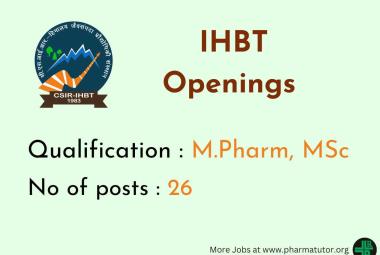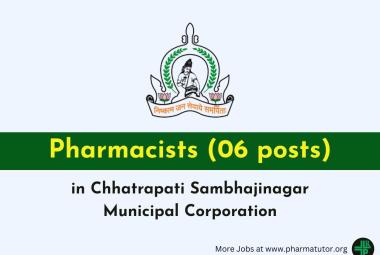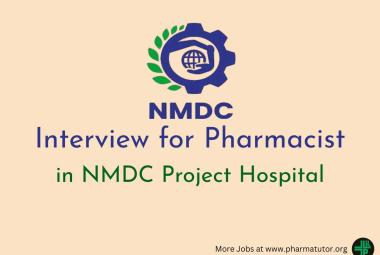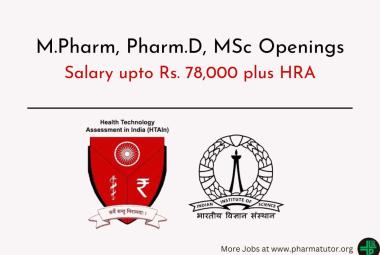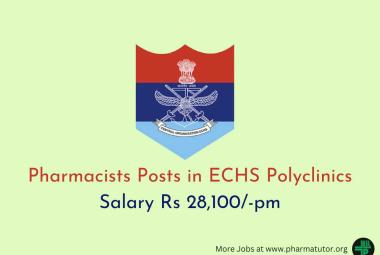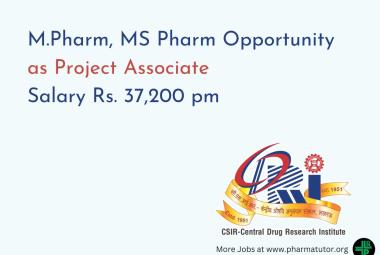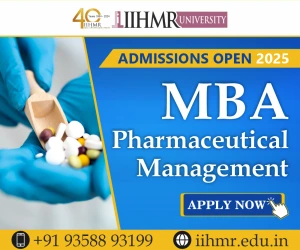 About Author:
About Author:
Dhananjay S Jadhav*
M.Tech (Pharmaceutical Technology), Division of Pharmaceutical Technology,
Institute of Chemical Technology, North Maharashtra University, Jalgaon -425001.
Maharashtra, India
* dhananjaysjadhav@hotmail.com
Abstract
Recently, surfactants have become one of the most important chemical products. They have become a subject of research, and their production and their use are on the increase. This wide range of properties, uses for surfactants in pharmaceutical products and systems is to try and introduce and explain in the subject of this article. Wetting of Solids, Solubilization, Emulsification, Dispersion of solid in solution, Micellization & Detergency all these are properties of surfactant. Surfactants are classified according to their polar head group, the charged head referred as Ionic surfactants and uncharged surfactants are generally referred to as nonionic surfactant. Because of their unique functional properties, surfactants find a wide range of uses in pharmaceutical preparations. These include, depending on the type of product, improving the solubility or stability of a drug in a liquid preparation, stabilizing and modifying the texture of a semisolid preparation, or altering the flow properties of a granulate, thus aiding in the processing of the final tablet dosage form. In addition to their use as excipients to improve the physical and chemical characteristics of the formulation, surfactants may be included to improve the efficacy or bioperformance of the product. The properties of surfactants are such that they can alter the thermodynamic activity, solubility, diffusion, disintegration, and dissolution rate of a drug. Each of these parameters influences the rate and extent of drug absorption. Furthermore, surfactants can exert direct effects on biological membranes thus altering drug transport across the membrane. The overall effect of inclusion of a surfactant in a pharmaceutical formulation is complex and may be beyond those initially intended. Surfactants may reduce the effectiveness of antimicrobials or preservatives included in a formulation.
 ABOUT AUTHORS:
ABOUT AUTHORS:

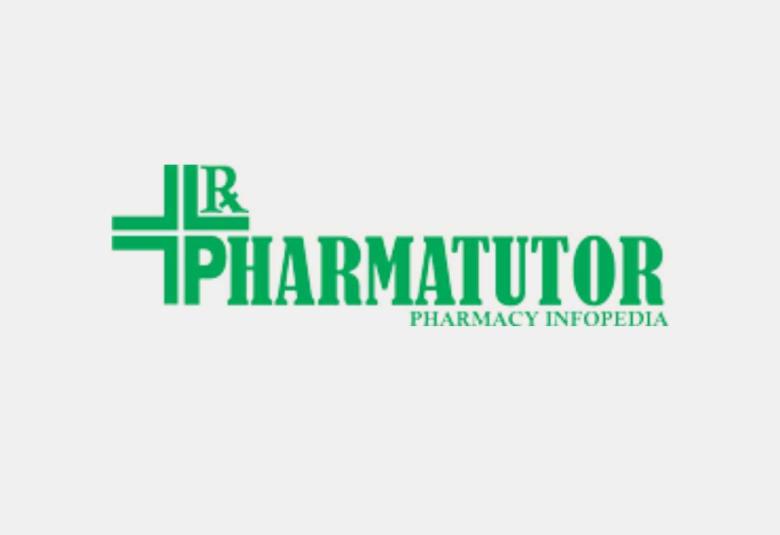
 About Author
About Author ABOUT AUTHORS
ABOUT AUTHORS About Authors
About Authors ABOUT AUTHORS
ABOUT AUTHORS ABOUT AUTHORS
ABOUT AUTHORS ABOUT AUTHORS:
ABOUT AUTHORS: About Author:
About Author: